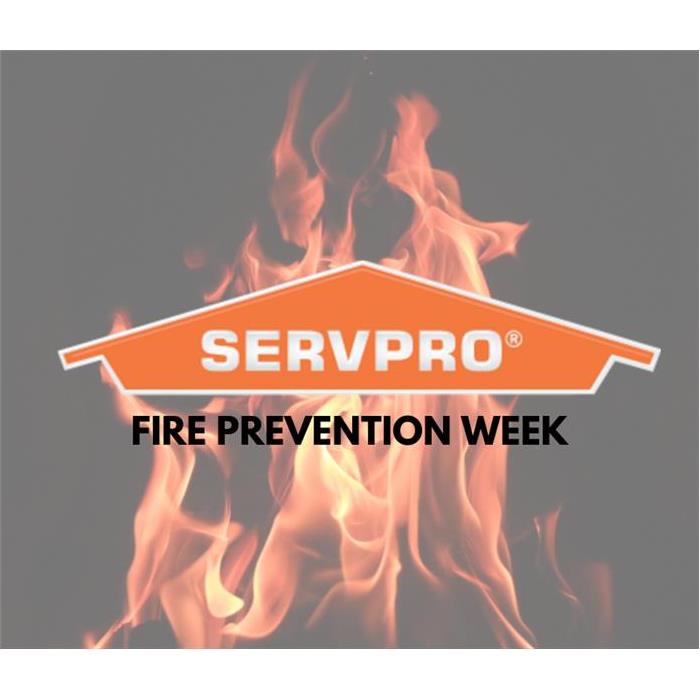Fire Prevention Week and Bonfire Season
10/1/2020 (Permalink)
Fire Prevention Week 10/4 – 10/10 2020
We have a whole week dedicated to fire prevention. Why is that? Fire Prevention Week is observed each year during the week of October 9th in commemoration of the Great Chicago Fire. This fire caused devastating damage. More than 250 people killed, 100,000 people left homeless, more than 17,400 structures destroyed, and more than 2,000 acres of land burned. Did you also know that every 90 seconds a residential fire occurs somewhere in the United States?
Here in eastern North Carolina, the weather has started cooling down in the evenings and we have come into what most would call “bonfire season”. We want to share some backyard fire pit safety tips with you to ensure your fun evening doesn’t become an uncontrollable nightmare. Whether you prefer a built-in or portable fire pit, choose one that is not too large for the area. The pit should be a minimum of 10 feet away from any structures or combustible materials as well as away from trees, fences, sheds, power lines, telephone wires, and at least 25 feet away from apartment or multi-residence buildings.
- Make sure that the seating area is large enough and properly placed for comfort and ventilation.
- Check wind direction before lighting a fire.
- Don’t use flammable fluids (gasoline, lighter fluid, etc.) to light or relight fires.
- To start the fire, use a lighter to ignite crumpled pieces of paper covered with small sticks. Then, add larger sticks and a log or two to keep it burning.
- Burn only dry material. Damp material will create excess smoke.
- Use a commercial fire pit screen on top to help prevent large amber from leaving the controlled area.
- Don’t wear flammable clothing (like nylon) or any loose-fitting clothing.
- Never leave the fire unattended, and keep pets and children far away from the fire as they will be attracted to it.
- Keep a fire extinguisher, garden hose, or bucket of water nearby.
- As the fire dies down, use a shovel and spread out the ashes to allow them to cool down. Then slowly pour water over those ashes and watch them closely to be sure that no burning embers remain or reignite. Put the cooled ashes in a specially designated ash storage metal can.





 24/7 Emergency Service
24/7 Emergency Service
